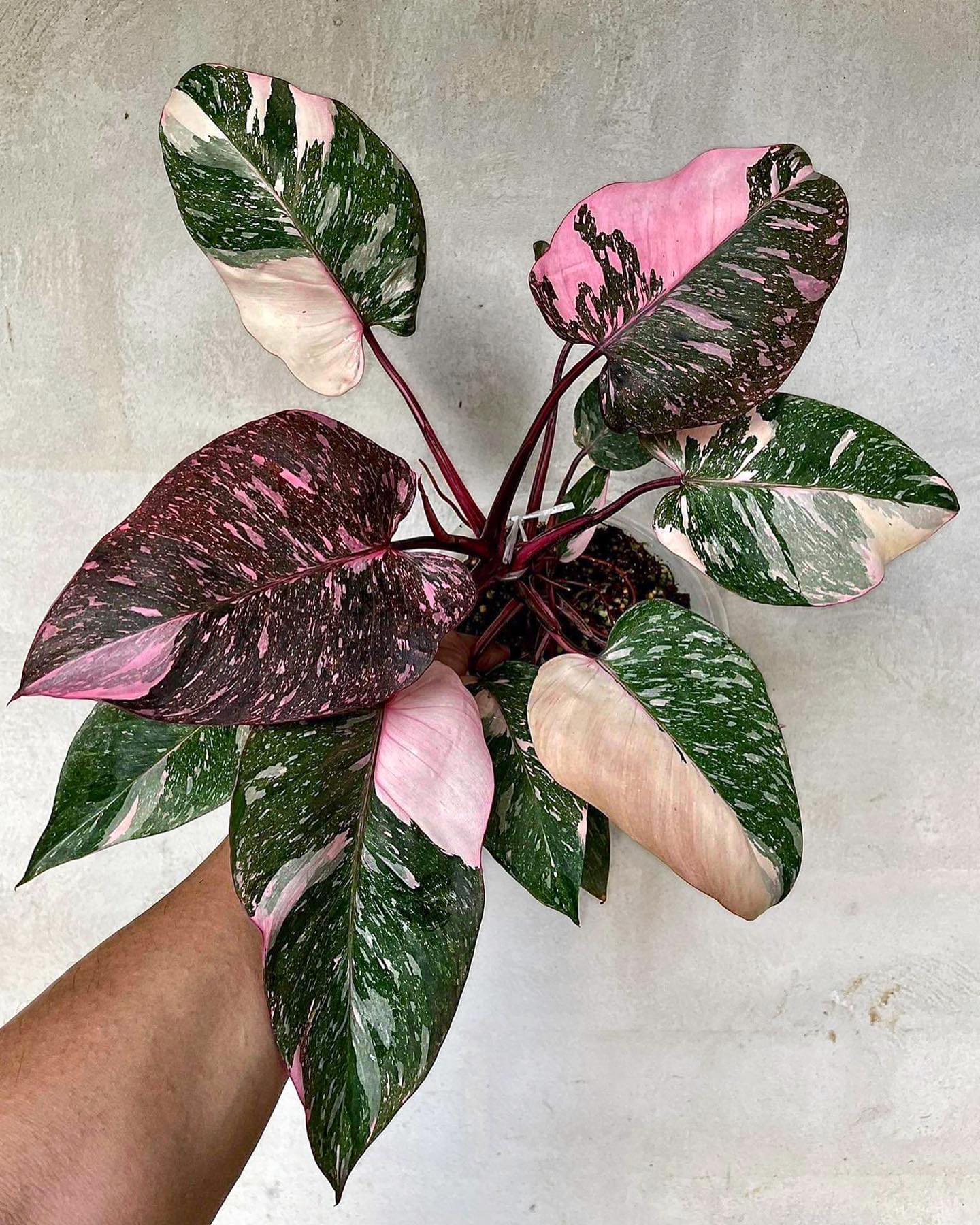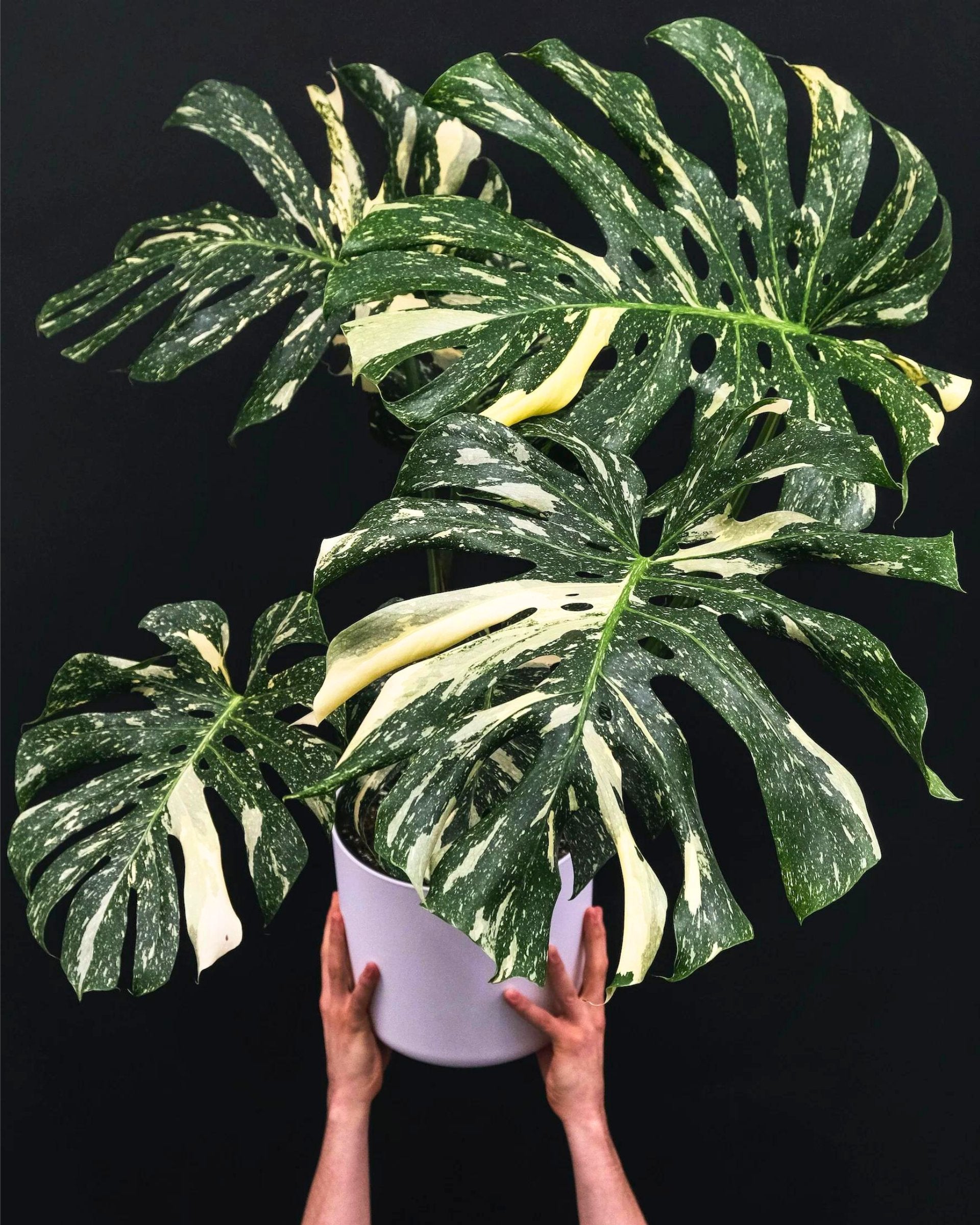String of hooks vs String of bananas:
Table of Contents
- Introduction to the String World
- What is String of Hooks?
- Understanding the String of Bananas
- Key Differences Between the Two
- Optimal Care Tips for Both
- Common Issues and How to Address Them
- Shopping Essentials for String Plants
- FAQ Corner
Introduction to the String World
In the bustling arena of houseplants, string-like succulents have stolen many hearts. Their cascading tendrils and unique aesthetics can embellish any living space. Two of the most popular contenders are the String of Hooks and the String of Bananas. But wait, aren't they the same? Not quite. Let's embark on a journey to unravel their mysteries.
What is String of Hooks?
Scientifically known as the Senecio Radicans, the String of Hooks, or more commonly known as the Fishhooks Plant, is an alluring succulent with trailing tendrils. Their stems grow long and are adorned with leaves shaped like miniature hooks or fishhooks, hence the name.
Want to know more about its specific care requirements? Check out our comprehensive care guide. And if you're keen on adding it to your collection, we've got the most vibrant Fishhooks Plant for sale near me!
Understanding the String of Bananas
Another crowd-favorite, the String of Bananas, boasts banana-shaped leaves, giving it an equally captivating look. They're a treat to the eyes with their green, translucent leaves that sometimes look like hanging beads.
Key Differences Between the Two
While the two may look similar at a fleeting glance, keen observers will spot differences:
- Leaf Shape: The most prominent difference is their leaf shape. While the String of Hooks has hook-like leaves, the String of Bananas has leaves resembling, you guessed it, bananas!
- Growth Pattern: Both these plants exhibit unique growth patterns. The String of Hooks tends to have a more wild, meandering growth, while its counterpart, the String of Bananas, grows in a more structured manner.
- Texture and Feel: String of Bananas has a smoother texture, and its leaves are slightly juicier. On the other hand, the Fishhooks Plant leaves have a rougher texture.
Optimal Care Tips for Both
Whether it's the String of Hooks or the String of Bananas, these care essentials are pivotal:
- Light Requirements: Both these plants adore bright, indirect light. If you're uncertain about the light levels in your home, a Light Meter can be a savior.
- Watering: Overwatering is a sin! Always ensure the soil is dry before you water them again. And if you're unsure about the moisture level, a Moisture Meter can guide you.
- Soil: They both thrive in well-draining soil. An Aroid mix combined with some Perlite ensures optimal drainage.
- Feeding: These plants aren't heavy feeders. A Slow Release Fertilizer every couple of months is more than sufficient.
Your Essential Shopping List
- Humidifier
- Organic Compost
- Grow Lights
- Sphagnum Moss
- Leca
- Neem Oil
- Insecticidal Soap
- Bonide Systemic Houseplant Insect Control
- Clear Moss pole for climbing plants
Click on the items to grab them now! Your plants will thank you!
Common Issues and How to Address Them
While both the String of Hooks and String of Bananas are relatively low-maintenance, it doesn’t mean they’re free from potential issues. Recognizing and addressing these challenges promptly is key.
- Pest Problems: Like many succulents, they might fall victim to mealybugs or spider mites. Keep an eye out for white cottony patches or tiny spiders. The good news? Both can be addressed using Neem Oil or Insecticidal Soap. For stubborn infestations, the Bonide Systemic Houseplant Insect Control is a lifesaver.
- Overwatering: Recognizable by yellowing leaves, overwatering is a common issue. Always ensure you’re allowing the soil to dry out between watering sessions. It's also a good idea to have a well-draining mix, incorporating elements like Perlite or Leca.
- Inadequate Light: If you notice your plants becoming leggy or the spaces between the leaves increasing, they might be trying to reach out for more light. Reconsider their placement, or invest in some Grow Lights to compensate for less natural sunlight.
Growing and Propagation Insights
Propagation is a joy for plant enthusiasts, and these string-like beauties are no exception.
- Cuttings Method: Simply snip off a healthy section, let it callus for a day or two, and then place it in soil. Keep the soil slightly moist. Over time, you'll witness roots emerging.
- Water Propagation: Place the callused cuttings in a jar of water, ensuring the nodes are submerged. Once roots appear, transfer them to soil. A note of caution: Transition them gradually to avoid shock.
For an enriched growth, introduce some Worm Castings or Organic Compost to the soil. It will provide the necessary nutrients ensuring a vibrant growth.
Diving Deeper: The Origin and History
It's always fascinating to know where your houseplants come from. Both the String of Hooks and String of Bananas hail from the arid regions of South Africa. They've evolved to store water in their leaves, making them drought-resistant – a trait that makes them perfect for indoor cultivation, especially if you're someone who might occasionally forget to water your plants!
Their aesthetic appeal coupled with easy maintenance has made them a staple in many households around the world. And with the trend of indoor gardening on the rise, their popularity shows no signs of waning.
Looking to dive even deeper? Discover more about the String of Hooks here.
Comparative Aesthetics and Displaying Your Plant
The aesthetics of String of Hooks and String of Bananas are both alluring yet distinct. The banana-shaped trails of the String of Bananas offer a slightly softer appearance, making it ideal for places that seek a more delicate touch. On the other hand, the pronounced hook-like structures of the String of Hooks make a bold statement.
When displaying, consider hanging them in beautifully crafted pots or placing them on shelves where their trailing tendrils can cascade down. Their distinctive profiles shine through when given space. If you're looking for a more structured growth pattern, introducing a Clear Moss pole for climbing plants can guide the plant upward.
String of Hooks FAQ
-
Are string of fishhooks toxic?
While most members of the Senecio family are mildly toxic when ingested, it's always best to keep them out of reach of pets and children. -
Why is my string of fishhooks dying?
The usual culprits are overwatering, under-watering, or pest infestations. It's crucial to maintain a balance. Using tools like a Moisture Meter can be immensely helpful. -
How often do you water a string of hooks?
Watering should be done when the topsoil feels dry. In summer, it might be once every week, but in winters, it reduces significantly. -
How do you prune fishhook strings?
Regular pruning helps maintain its appearance. Snip off leggy trails or any unhealthy-looking parts to encourage denser growth.
Where Can You Buy One?
If your green fingers are tingling to add a String of Hooks or String of Bananas to your collection, you’re in luck. Many local nurseries stock them. However, if you're on the lookout for a unique variety or a mature plant, check out our exclusive range, including the magnificent Long Fishhook Hanging Plant.
Conclusion: Choosing Between the Two
In the battle of the strings – Hooks versus Bananas – there's no clear winner. It all boils down to personal preference. Whether you lean towards the dramatic trails of the String of Hooks or the gentle cascades of the String of Bananas, one thing's for sure – either will make a fabulous addition to your indoor garden.
Whatever your choice, remember the core care guidelines, be patient, and you'll be rewarded with a flourishing plant that's a conversation starter.
For those looking to take their plant care to the next level, don't forget to check our "Essential Shopping List" with all the links provided above.
Happy Planting!



